Info, news & debate
Archives: Info Articles
Research for our publication: ‘Wind & Solar Electricity’
Here’s the research carried out by Andy Reynolds that provided the figures for our publication Wind & Solar Electricity. Over to Andy.
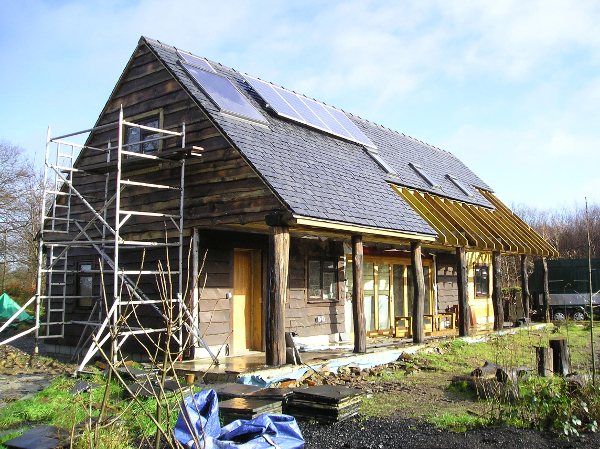
How to get planning permission for an off-grid, self-build home
This article is based on our experiences of the planning system at Bulworthy Project and the experiences of our friends. Neither of us had any interaction with the planning system before setting up Bulworthy Project. As part of setting up the project, we have applied twice
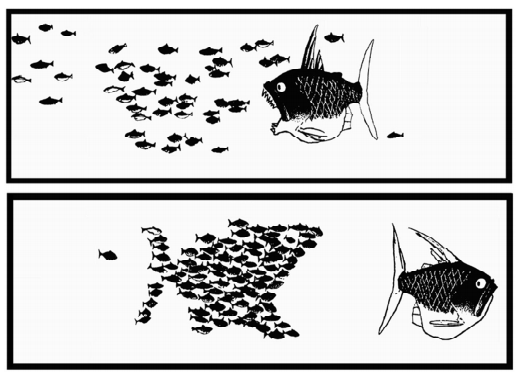
How to set up a housing co-op (UK)
Here are our suggestions: First read our topic introduction.
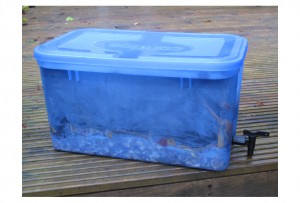
Making a wooden or plastic box wormery
This web page gives detailed instructions for making a wormery using either wooden or plastic boxes. There are many ways of making wormeries – this design uses gravel in the bottom layer to aid drainage – this will probably help to prevent the drain tap from blocking too.
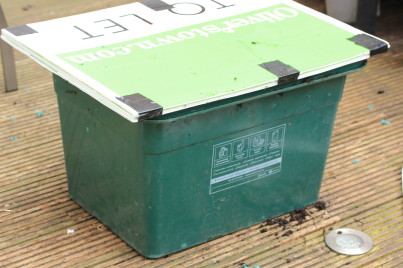
Simplest DIY wormery
This article and video show how to make the simplest possible type of home-made wormery – it just uses one plastic box and a couple of bricks/wooden blocks.
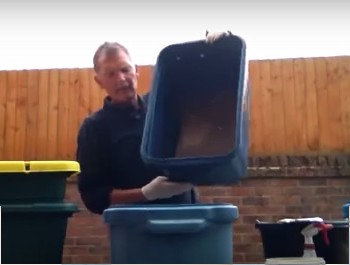
Making a DIY wormery out of scrap materials
This video shows a method of making a wormery using 3 old recycling boxes.
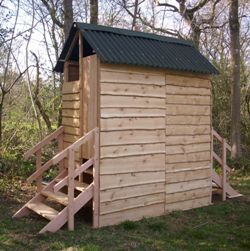
Indoors or outdoors?
Read our introduction to compost toilets, their benefits, and what you can do. Maybe talk to other compost loo owners, read our book or take our online course first to make sure a compost toilet is for you.
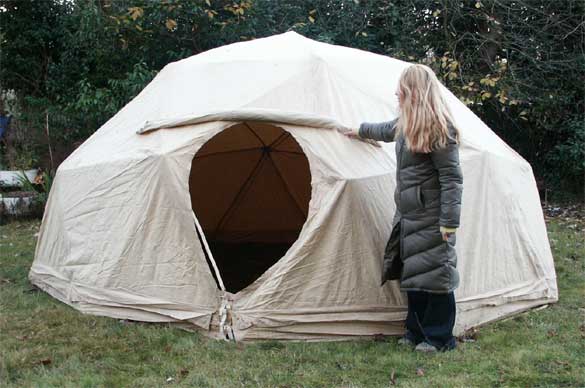
Step-by-step guide to building and erecting a geodesic dome using coppiced poles with plastic end connectors
Materials list, including sourcing and cutting coppiced poles, fitting plastic end connectors, assembling, erecting and covering dome.
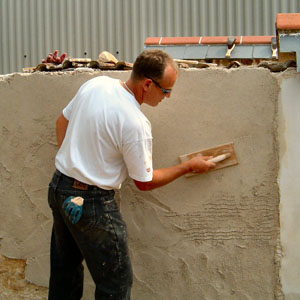
Lime plasters and renders
See ‘making lime mortars‘ for how to make mortars, plasters and renders.
What is biodiesel?
Biodiesel is a fuel for conventional Diesel engines made from plant or animal oils or fats that have been chemically transformed into alkyl esters.
The diesel engine
“The use of plant oil as fuel may seem insignificant today. But such products can in time become just as important as kerosene and these coal-tar-products of today.”
Biodiesel chemistry primer
This is a working chemistry primer designed to give you the basic chemistry knowledge you need to understand what is happening when you make biodiesel.
Health & safety
Before commencing any practical work, it is of the utmost importance to understand the risks involved with making biodiesel.
How to make simple biodiesel
In this section we will go through the process of making biodiesel using a simple one-stage base-catalysed transesterification.
How to make biodiesel in a 100-litre batch reactor
In order to look in more detail at the issues involved in practical biodiesel production we will take the example of a small-scale batch system making 100-litre batches.
Variations on the basic method, plus storage
The ‘basic method’ is the single-stage base-catalysed transesterification method. There are a number of variations on this method which may yield better fuel quality with certain feedstocks.
What to do with the glycerine
When you make larger amounts of biodiesel you will inevitably end up with quite a large store of glycerine.
Preparation
First, read our introduction to clay plasters. Now here are some common questions you might need answering before considering clay plasters.
Living with clay plasters
Including cleaning, protecting, painting and repairing.
